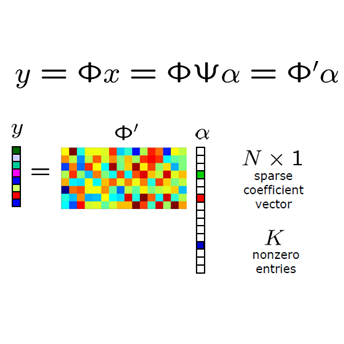This paper addresses the reconstruction of an unknown signal vector with sublinear sparsity from generalized linear measurements. Generalized approximate message-passing (GAMP) is proposed via state evolution in the sublinear sparsity limit, where the signal dimension $N$, measurement dimension $M$, and signal sparsity $k$ satisfy $\log k/\log N\to \gamma\in[0, 1)$ and $M/\{k\log (N/k)\}\to\delta$ as $N$ and $k$ tend to infinity. While the overall flow in state evolution is the same as that for linear sparsity, each proof step for inner denoising requires stronger assumptions than those for linear sparsity. The required new assumptions are proved for Bayesian inner denoising. When Bayesian outer and inner denoisers are used in GAMP, the obtained state evolution recursion is utilized to evaluate the prefactor $\delta$ in the sample complexity, called reconstruction threshold. If and only if $\delta$ is larger than the reconstruction threshold, Bayesian GAMP can achieve asymptotically exact signal reconstruction. In particular, the reconstruction threshold is finite for noisy linear measurements when the support of non-zero signal elements does not include a neighborhood of zero. As numerical examples, this paper considers linear measurements and 1-bit compressed sensing. Numerical simulations for both cases show that Bayesian GAMP outperforms existing algorithms for sublinear sparsity in terms of the sample complexity.
翻译:暂无翻译



